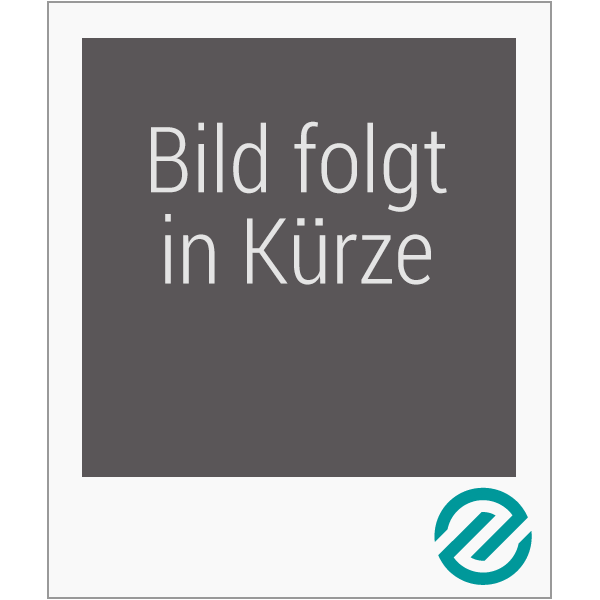This is a highly current and engaging, multicultural, introduction to education and teaching -- both its challenges and its joys. Jeannie Oakes is a leading education researcher and director of the UCLA teacher education program. Martin Lipton is an education writer and consultant and has taught in public schools for 31 years. Together, they bring an excellent blend of theory and applications to the text. This ground-breaking text responds to the current national crisis in teaching and teacher education, considers the values and politics that pervade education, and asks critical questions about how conventional thinking and practice came to be and who benefits from them. The text takes the position that a hopeful, democratic future depends on whether all students learn, and pays particular attention to inequalities associated with race, social class, language, gender, and other social categories and looks for alternatives to the inequalities. The text provides a solid research base and practical treatment of essential topics that locates these topics within cognitive, sociocultural, and constructivist perspectives on learning, and within democratic values. The text infuses issues of diversity throughout its discussion of traditional elements of schools and teaching -- learning, curriculum, instruction, etc. It presents educational foundations and history as alive and active in today’s schools, and treats them as useful concepts for students to use as they think about and respond to more transitory, current “headline” issues, such as charter schools, vouchers, standards, and bilingual education. Central to the book is the belief that schools can and must be places of extraordinary educational quality and institutions for social justice. The authors explore the tensions between the democratic aims of schools and competition for always-scarce high quality opportunities. Throughout the chapters are boxed personal observations of a diverse group of first-year teachers who voice their analyses and personal anecdotes about their own struggles to transform theory into practice. “Digging Deeper” sections that end each chapter feature scholars who are working on issues raised in the chapter. An innovative Instructor’s Manual provides ways to teach the course consistent with cognitive and sociocultural learning theory, culturally diverse pedagogy, and authentic assessment.
Table of contents:
Chapter 1: Schooling: Wrestling with History and Tradition
Chapter 2: Traditional Learning Theories: Transmission, Training, and IQ
Chapter 3: Contemporary Learning Theories: Problem Solving, Understanding, and Participation
Chapter 4: Curriculum: Philosophy, History, and Politics: What Should Students Learn?
Chapter 5: Curriculum Content: The Subject Matters
Chapter 6: Instruction and Assessment: Classrooms as Learning Communities
Chapter 7: Classroom Management: Caring and Democratic Communities
Chapter 8: Grouping and Categorical Programs: Can Schools Teach All Students Well?
Chapter 9: The School Culture: Where Good Teaching Makes Sense
Chapter 10: Connections with Families and Communities
Chapter 11: Teaching to Change the World: A Profession and a Hopeful Struggle
Table of contents:
Chapter 1: Schooling: Wrestling with History and Tradition
Chapter 2: Traditional Learning Theories: Transmission, Training, and IQ
Chapter 3: Contemporary Learning Theories: Problem Solving, Understanding, and Participation
Chapter 4: Curriculum: Philosophy, History, and Politics: What Should Students Learn?
Chapter 5: Curriculum Content: The Subject Matters
Chapter 6: Instruction and Assessment: Classrooms as Learning Communities
Chapter 7: Classroom Management: Caring and Democratic Communities
Chapter 8: Grouping and Categorical Programs: Can Schools Teach All Students Well?
Chapter 9: The School Culture: Where Good Teaching Makes Sense
Chapter 10: Connections with Families and Communities
Chapter 11: Teaching to Change the World: A Profession and a Hopeful Struggle
'Teaching to Change the World is the perfect text for new teachers. It is squarely realistic while also inviting; it is information-packed and at the same time engaging. Teaching to Change the World makes me think of jazz - it is multivocal, it highlights classroom improvisation, and it is bound together with a deep rhythm of equity, justice, research, and democracy.'
-Christine Sleeter, Professor Emerita California State University Monterey Bay
'It is rare to find a book that deals so elegantly with the historical, social, philosophical and legal foundations of schooling while also providing tangible strategies for developing exemplary curriculum and instruction and for connecting learning in schools to families, communities, and civic engagement. Oakes, Lipton, Anderson and Stillman's thoughtful illumination of the "hopeful struggle" is ideal for teachers and school leaders who refuse to choose between their commitments to social justice and academic excellence.'
-Ernest Morrell, University of Notre Dame
-Christine Sleeter, Professor Emerita California State University Monterey Bay
'It is rare to find a book that deals so elegantly with the historical, social, philosophical and legal foundations of schooling while also providing tangible strategies for developing exemplary curriculum and instruction and for connecting learning in schools to families, communities, and civic engagement. Oakes, Lipton, Anderson and Stillman's thoughtful illumination of the "hopeful struggle" is ideal for teachers and school leaders who refuse to choose between their commitments to social justice and academic excellence.'
-Ernest Morrell, University of Notre Dame

